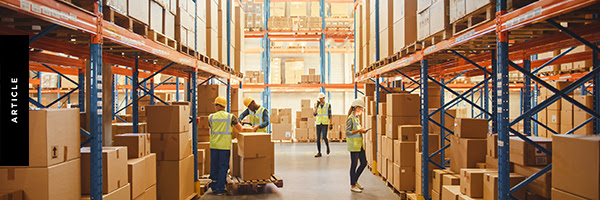Article by latest.insure
While supply chains have always been prone to disruption, they have become even less predictable in the wake of the pandemic. These findings are according to a global Shopify report. Sanctions, aftershocks, and political instability continue. Fuelling the ongoing volatility includes shortages of:
- Energy
- Raw materials
- Shipping containers
- Labour.
This has led to weak links in how businesses source, produce, transport, and deliver goods.
Is this the new normal?
Add to that, changes in how and where consumers shop and spend, favouring digital retailers. No doubt they’re monitoring the impact of the falling value of the Australian dollar for their overseas purchases.
The dollar and key oil-producing nations crimping supply, has seen fuel prices stay stubbornly high, as well as inflation again rising to 5.2%. Automotive fuels rose by almost 14% in the 12 months to August, says the Australian Bureau of Statistics.
Then, there’s KPMG’s estimate of how often production will be disrupted across the globe – every 3.7 years on average. The pressure is on for supply chain efficiency and resilience to buffer the knocks.
Excess inventory cuts will affect transport demands
Supply chain issues have caused, but also prompted, some businesses to overstock. However, that can be bad for business, according to experts from the University of NSW.
Their research found that some luxury, as well as pedestrian, brands including Burberry, Amazon, Nike, and H&M, destroy rather than recycle, donate, or discount their oversupply, and face a consumer backlash against that practice.
Like many businesses, they’re holding a glut of stock. Until they work through that, and e-commerce transactions lift in Australia, demand for transport and logistics is expected to be weak. A wave of protectionism across the globe, such as in automotive parts, is also contributing. This stance creates trade barriers, world trade has become more complex, costly, and less beneficial, hence it’s still in correction mode, with only slight growth forecasted.
Transport to/from Asian countries is strengthening
A bright light in the ‘new normal’ is a global bank’s forecast for good growth in transportation activity to and from Asia. That’s coming back from a lag compared to the European Union and the U.S.
For example, a bright spot is India’s economy. It should grow 6.2% in the year to March, then 6.3% for the next 12 months, says Reuters. Emerging Asian economies, though, are struggling with a continuing downturn in external demand, says the OECD.
But overall, the Asian Development Bank has tipped a 4.7% growth for the Asian region this year. And, according to a McKinsey report issued in September, Asia will play a key role in world order, technology platforms, demographic forces, energy and resources systems, and capitalisation. It depicts a regionalised Asia as being at the hub of world trade and a global economic power. Half of the world’s highest-value trade routes go through Asia.
E-commerce logistics return to lower trend
On the downside, though, e-commerce logistics has had its pandemic heyday. At the start of this year, margins for logistics services were still firm, but growth since has been at the lower end.
IAB Australia reported in September that domestic consumer online retail spending has stabilised. However, an interesting newcomer to watch is the Chinese shopping app, Temu, which pundits tip will overtake Amazon in value soon.
So, despite unpredictability as the ‘new normal’, there are bright spots and trends that Australian transport and logistics businesses need to watch. Get your risk management strategy and actions in order. We can guide you on protecting your operations from the changing circumstances.


